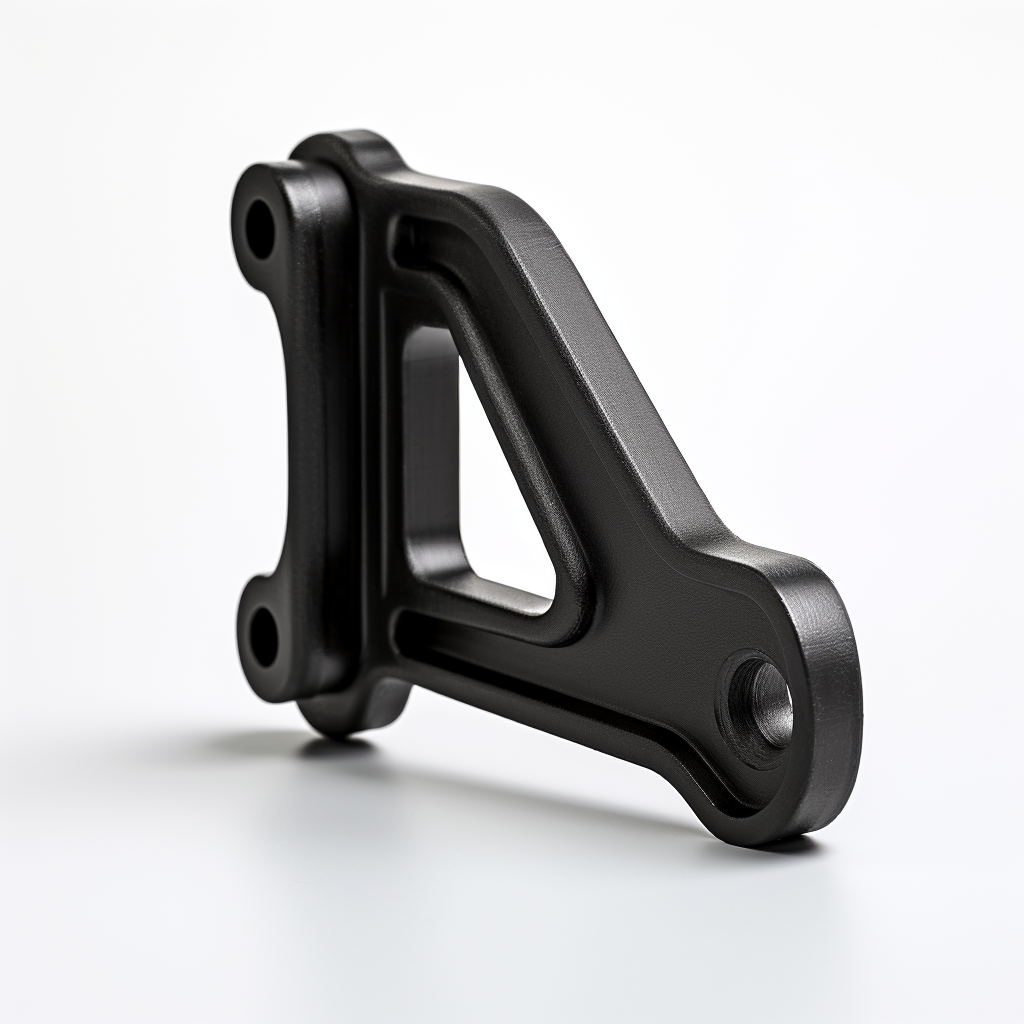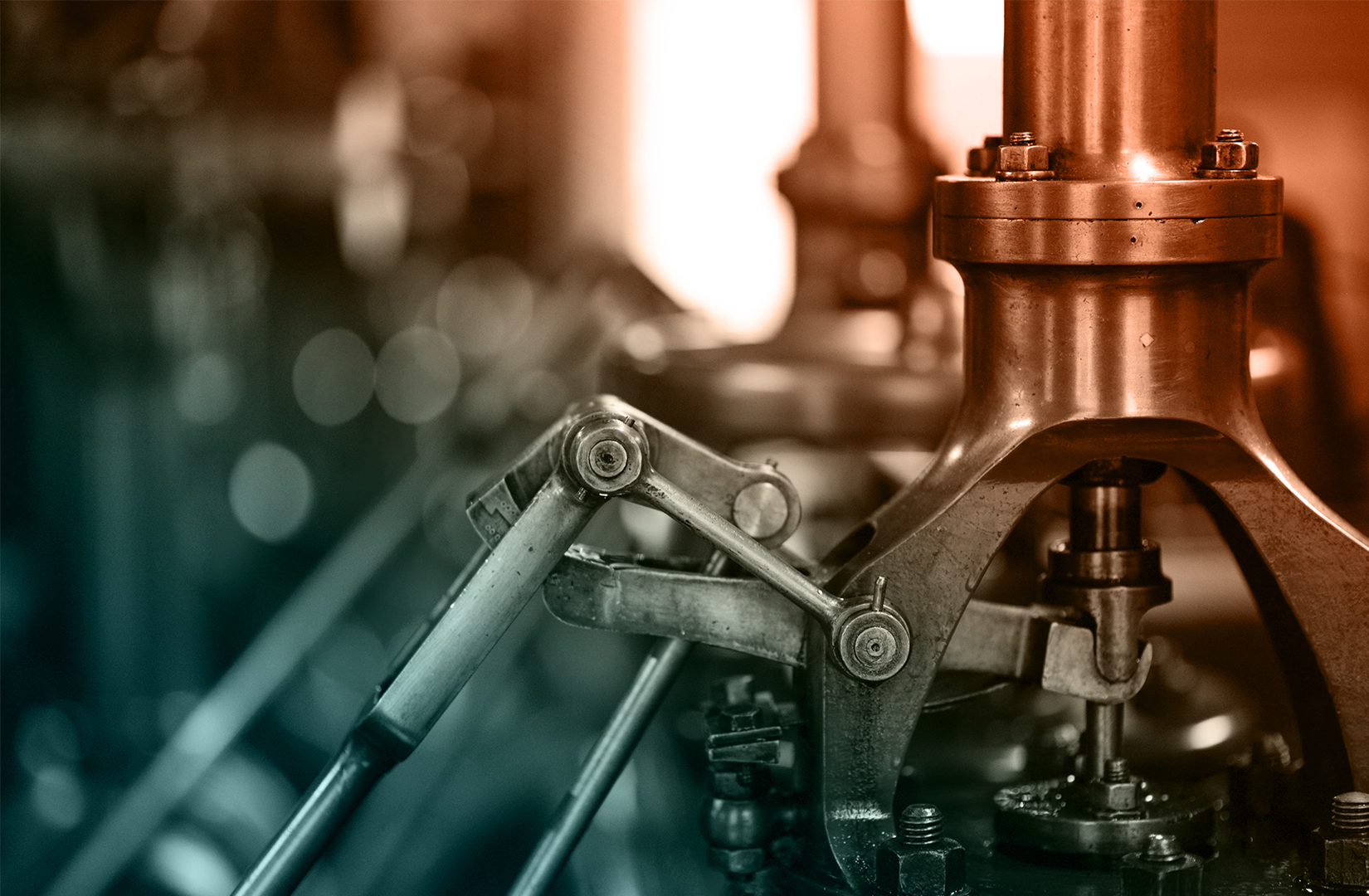
PE Plastic (Polyethylene) Selection Guide
Polyethylene (PE) plastic, a ubiquitous polymer with diverse applications, has revolutionized various industries due to its exceptional properties and versatility. From packaging to construction, PE has become an essential material in our daily lives.
PE Plastic (Polyethylene) pipe flanges, wear strips, cables, tubing, & custom molded parts are available now!
Check with one of Canyon’s helpful product engineers for an expert material and manufacturing recommendation.
Common names include: PE Plastic (Polyethylene) Trade Names: Nipol®, Krynac®, Paracril®

Advantages
- Versatility: Polyethylene is available in various types and grades, making it suitable for a wide range of applications.
- Chemical Resistance: Polyethylene is highly resistant to chemicals, acids, and bases, making it ideal for packaging and containers for a wide range of substances.
- Impact Resistance: HDPE, in particular, offers excellent impact resistance, making it suitable for durable products like water tanks and playground equipment.
- Flexibility: LDPE and LLDPE are flexible and easily conform to shapes, making them suitable for packaging and film applications.
- Lightweight: Polyethylene is lightweight, which reduces transportation costs and energy consumption.
- Recyclability: Polyethylene is recyclable, contributing to sustainability efforts and reducing environmental impact.
Disadvantages
- Environmental Concerns: The production and disposal of polyethylene plastics can have environmental consequences, particularly in the case of single-use plastic waste.
- Limited Temperature Range: Polyethylene has a relatively low melting point, limiting its use in high-temperature applications.
- UV Degradation: Polyethylene is susceptible to degradation from prolonged exposure to ultraviolet (UV) radiation, which can affect its outdoor durability.
Common Applications of PE
- Packaging: LDPE and LLDPE are commonly used for plastic bags, shrink films, stretch films, and food packaging due to their flexibility and transparency.
- Agriculture: LDPE and HDPE are used in agricultural films, greenhouse covers, irrigation pipes, and pesticide containers.
- Construction: HDPE is used in water and sewage pipes, geomembranes, and drainage systems. LDPE is used in construction films and vapor barriers.
- Automotive: HDPE is used in automotive fuel tanks, bumpers, and interior trim components. LDPE is used in automotive dashboards and door panels.
- Medical: UHMWPE is used in orthopedic implants, such as hip and knee replacements, due to its biocompatibility and wear resistance.
- Water Management: HDPE and MDPE are used in water distribution pipes, gas pipes, and sewer systems due to their corrosion resistance and durability.
- Consumer Goods: Polyethylene is used in a wide range of consumer goods, including toys, containers, kitchenware, and disposable cutlery.
- Industrial Applications: UHMWPE is used in industrial conveyor belts, chute liners, and cutting boards due to its exceptional abrasion resistance.
- Electrical Insulation: HDPE is used as electrical insulation in power cables and wire jackets.
Please consult a Canyon Components Engineer about your specific application and we will use our decades of experience to formulate a solution that fits your need.
Types of PE
PE can come in different variations, depending on its composition and intended use. Some common types of PE include the following.
Canyon Components strives to meet all customer service requests. Feel free to contact Canyon Components engineering and let our knowledgeable staff help you design the perfect part for your needs.
High-Density Polyethylene (HDPE)
HDPE is known for its high strength-to-density ratio. It's widely used in making bottles, containers, and piping due to its high tensile strength, impact resistance, and chemical resistance. This type is also appreciated for its low moisture absorption and environmental stress cracking resistance.
Low-Density Polyethylene (LDPE)
LDPE is softer and more flexible than HDPE. It's commonly used for plastic bags, film wrap, and containers. LDPE offers excellent resistance to acids, oils, and alcohols and is known for its ease of processing and transparency.
Linear Low-Density Polyethylene (LLDPE)
Combining properties of LDPE and HDPE, LLDPE is flexible, tough, and has a high resistance to impact and puncture. It's ideal for stretch film, plastic wrap, and heavy-duty bags, offering superior tensile strength and conformability.
Ultra High Molecular Weight Polyethylene (UHMWPE)
Known for its extremely long chains, UHMWPE has high abrasion resistance, impact strength, and low coefficient of friction. It's used in high-wear applications like liners, gears, and bearings.
Cross-Linked Polyethylene (PEX)
PEX is renowned for its enhanced properties obtained through the cross-linking process, like increased temperature and chemical resistance. It's primarily used in plumbing and radiant heating systems, offering durability and flexibility.
Medium-Density Polyethylene (MDPE)
MDPE is more rigid than LDPE but less dense than HDPE. It strikes a balance in terms of shock and drop resistance, making it suitable for gas pipes and fittings, shrink film, and screw closures. Its properties also include good fatigue and stress-cracking resistance.
Please consult a Canyon Components Engineer about your specific application and we will use our decades of experience to formulate a solution that fits your need.
Manufacturing Options for PE
PE parts can be manufactured using several methods, each suitable for different applications and part complexities.
Each of these methods has its own advantages, limitations, and cost implications. The choice of manufacturing technique usually depends on factors like the complexity of the design, required precision, material properties, and production volume.
Back to Plastics Hub

Get A Quote Now!

Groove Design References
Learn More
Coatings, Packaging, & Other Services
Learn More
Custom Parts & Custom O-rings
Learn More
